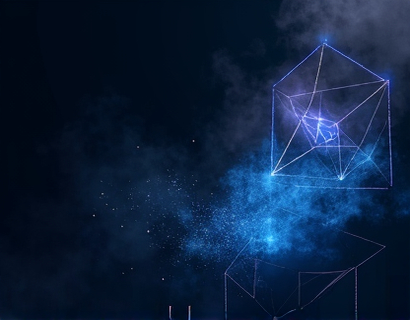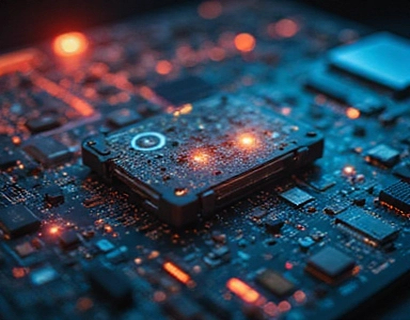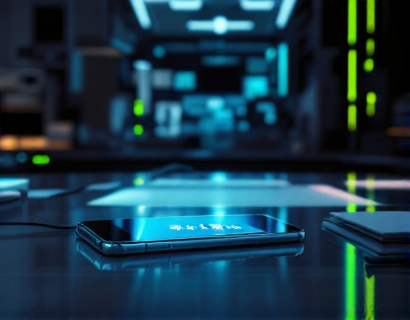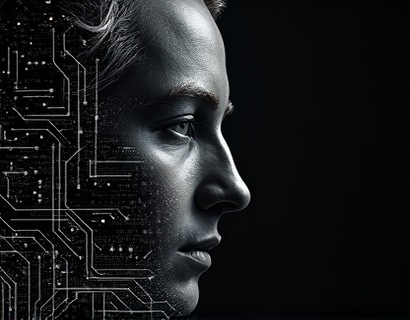AI-Powered Radiology Insights: Transforming Education and Communication for Professionals, Students, and Families
The integration of artificial intelligence (AI) in the field of radiology has opened new avenues for education, communication, and expertise sharing. This article delves into the transformative power of AI-powered chat platforms designed specifically for healthcare professionals, medical students, educators, parents, and the general public interested in radiology. These platforms offer a unique opportunity to engage with expert-led insights, ensuring that information is not only accurate but also accessible and safe for all users, including children and students.
Understanding the Need for AI in Radiology Education
The field of radiology is rapidly evolving with advancements in technology and imaging techniques. Keeping up with these changes is challenging for professionals, students, and even families with an interest in the subject. Traditional methods of education, such as textbooks and lectures, may not always provide the dynamic, interactive learning experience required in today's fast-paced environment. AI-powered chat platforms address this gap by offering real-time, personalized learning experiences that can adapt to the user's level of knowledge and specific interests.
Expert-Led Insights for Professionals
For healthcare professionals, staying updated with the latest research, techniques, and industry standards is crucial. AI chat platforms can serve as a valuable resource by connecting professionals with expert radiologists who can provide insights on complex cases, discuss emerging technologies, and share best practices. These interactions can be particularly beneficial for radiologists in smaller practices or those in remote locations who may have limited access to continuous professional development opportunities.
Case Studies and Real-World Applications
One of the key features of these AI platforms is the ability to present case studies and real-world applications of radiology. Professionals can engage in discussions about specific cases, gaining insights into diagnosis, treatment planning, and patient management. AI can facilitate these conversations by summarizing key points, highlighting important details, and providing additional resources for further reading. This interactive approach enhances learning and helps professionals apply theoretical knowledge to practical scenarios.
Educational Resources for Medical Students
Medical students stand to benefit greatly from AI-powered radiology chat platforms. These tools can offer a structured learning path, starting from basic anatomy and imaging principles to advanced diagnostic techniques. AI can tailor the content to the student's current level of understanding, ensuring that the material is neither too basic nor too advanced. This personalized approach can significantly enhance the learning experience, making complex concepts more accessible and engaging.
Interactive Learning Modules
To facilitate effective learning, these platforms can include interactive modules such as quizzes, simulations, and virtual labs. These modules allow students to practice and apply what they have learned in a controlled environment. AI can provide immediate feedback, helping students identify areas where they need improvement. Additionally, these interactive elements can make learning more enjoyable and memorable, fostering a deeper understanding of radiology concepts.
Informing Families and the General Public
For families and the general public, understanding radiology can be daunting due to the technical nature of the field. AI chat platforms can bridge this knowledge gap by providing clear, concise explanations of radiology procedures, the role of radiologists, and the importance of imaging in healthcare. These platforms can also address common concerns and myths, offering reassurance and education to those seeking information about radiology services.
Child-Friendly Content
Recognizing the importance of educating children about health and medicine, these platforms offer child-friendly versions of their content. This ensures that young learners can explore radiology in a safe and engaging manner. Simplified language, colorful visuals, and interactive elements make the learning experience enjoyable for children, fostering an early interest in healthcare careers and scientific exploration.
Ensuring Content Accuracy and Safety
Accuracy and safety are paramount when dealing with medical information. AI-powered chat platforms employ rigorous content verification processes to ensure that all information provided is up-to-date, accurate, and sourced from credible medical databases and journals. This commitment to accuracy builds trust among users and ensures that they receive reliable guidance and insights.
AI-Driven Content Verification
AI algorithms are trained to cross-reference information with multiple sources, flagging any discrepancies or outdated data. This continuous verification process helps maintain the highest standards of accuracy. Additionally, expert radiologists and medical professionals review and approve the content, adding an extra layer of quality control. Users can have confidence that the information they receive is both current and reliable.
Enhancing Patient-Radiologist Communication
AI chat platforms can also play a role in improving communication between patients and radiologists. By providing patients with a better understanding of radiology procedures and what to expect during imaging tests, these platforms can reduce anxiety and increase patient satisfaction. Radiologists can use these platforms to explain complex procedures in simpler terms, answer patient questions, and provide reassurance, thereby enhancing the overall patient experience.
Pre-Appointment Education
Patients can access pre-appointment education through these platforms, learning about the specifics of their upcoming imaging tests, including what to expect, preparation steps, and potential outcomes. This education can help patients feel more prepared and less nervous, leading to more effective and comfortable procedures.
Future Developments and Potential Impact
The integration of AI in radiology education is just the beginning. As technology advances, these platforms can incorporate more sophisticated features such as augmented reality (AR) and virtual reality (VR) to create immersive learning experiences. For example, VR simulations can allow medical students to practice imaging interpretations in a realistic, three-dimensional environment. Similarly, AR can overlay anatomical structures onto real-world images, enhancing the learning and diagnostic process.
Broader Impact on Healthcare
The impact of AI-powered radiology chat platforms extends beyond education and communication. By improving the quality of radiology training and patient education, these platforms contribute to better diagnostic accuracy and patient outcomes. As more professionals and patients engage with these tools, the overall standard of care in radiology is likely to improve, benefiting the healthcare system as a whole.
Conclusion
AI-powered radiology chat platforms represent a significant advancement in medical education and communication. By providing accurate, interactive, and accessible content, these platforms empower healthcare professionals, students, families, and the general public to gain a deeper understanding of radiology. As the field continues to evolve, the potential for AI to enhance learning and improve patient care is immense. Embracing these technologies can lead to a more informed and skilled healthcare workforce, ultimately benefiting patients and the healthcare system.











































